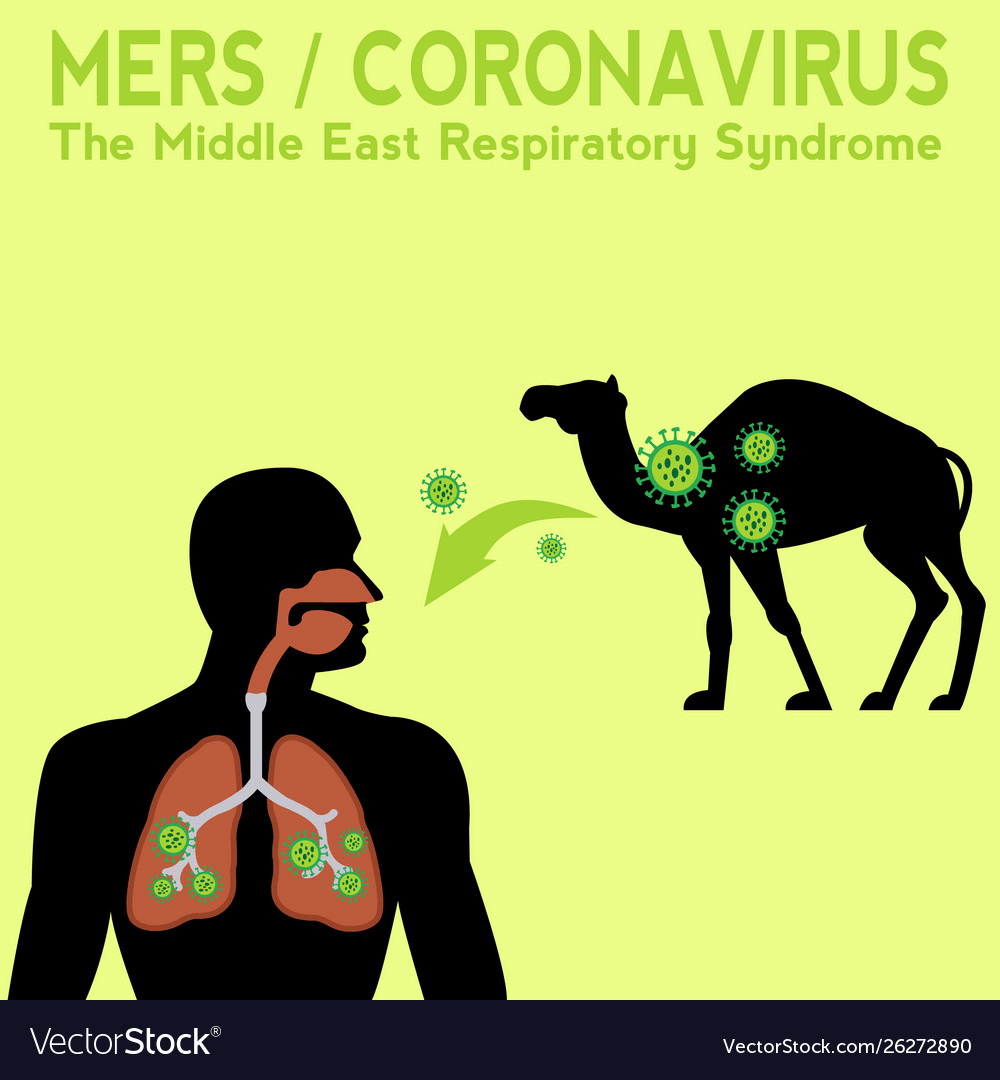Middle East respiratory syndrome (MERS) is an acute viral respiratory infection caused by the novel betacoronavirus Middle East respiratory syndrome coronavirus (MERS-Cov). The virus was first detected in Saudi Arabia in 2012. Cases are limited to the Arabian Peninsula and surrounding countries, as well as Middle Eastern travelers or their contacts. The spectrum of clinical manifestations of infection varies, ranging from asymptomatic or mild respiratory symptoms to severe, rapidly progressive pneumonia, acute respiratory distress syndrome, septic shock, or multiple organ failure leading to death.
MERS-CoV is a zoonotic virus that spreads between animals and humans. Studies have shown that humans become infected through direct or indirect contact with an infected dromedary. The virus has been detected in dromedary camels in some countries in the Middle East, Africa and South Asia.
Where are MERS found?
MERS cases are concentrated in countries on the Arabian Peninsula, including Saudi Arabia, the United Arab Emirates, Qatar, Oman, Jordan, Kuwait and Yemen. Most of the MERS cases in other countries have a history of travel to high-risk areas, including Algeria, Austria, China, Egypt, France, Germany, Greece, Italy, Malaysia, the Netherlands, the Philippines, South Korea, Tunisia, Turkey, the United Kingdom and the United States. In 2014, there were two true cases of MERS in the United States, both among medical staff living and working in Saudi Arabia.
Symptom
The clinical presentation of MERS-CoV infection ranges from asymptomatic (asymptomatic state) or mild respiratory symptoms to severe acute respiratory disease and death. The typical manifestations of MERS-CoV disease are fever, cough, and shortness of breath. Pneumonia is common, but not always. Gastrointestinal symptoms such as diarrhea have also been reported. Severe illness can cause respiratory failure, requiring artificial ventilation and support in the intensive care unit. The virus appears to be more severe in older adults, people with weakened immune systems and people with chronic conditions such as cancer, chronic lung disease and diabetes.
How to protect yourself
As with any virus, you can reduce your risk of infection by practicing good health and hygiene:
· Wash your hands vigorously with soap and water for at least 20 seconds.
· Cover your mouth and nose with a tissue when coughing or sneezing. Throw used tissues in the trash immediately and wash your hands carefully.
· Disinfect frequently touched surfaces, such as doorknobs.
· Avoid touching your face, mouth and nose without washing your hands.
· Do not share cups, utensils or other items with sick people.



